
Join GIJN at Two Global Conferences: RightsCon and IRE
In June, GIJN will participate in two major conferences alongside global experts in the fields of human rights, technology, and investigative journalism. See you online at RightsCon and #IRE21!

In June, GIJN will participate in two major conferences alongside global experts in the fields of human rights, technology, and investigative journalism. See you online at RightsCon and #IRE21!
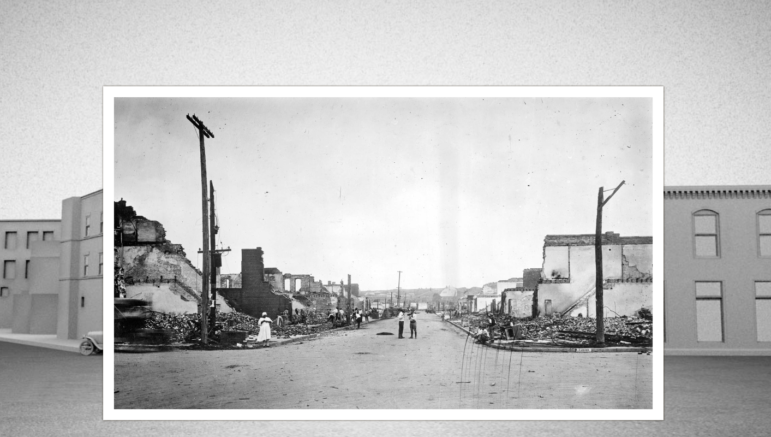
For inmates in Canada, risk assessments can determine which type of prison they are sent to and their chances of successfully reentering society. But an investigation by The Globe and Mail revealed that these assessments are biased against Indigenous and Black inmates. Our NodeXL #ddj mapping from May 24 to 30 also found an interactive project by The New York Times recreating the Black neighborhood in Tulsa, Oklahoma destroyed in 1921, and data-driven reporting on the influence of big money in soccer, the cost of Italy’s vaccination campaign, and police violence during the recent protests in Colombia.

GIJN is pleased to present Investigating Human Trafficking, a webinar that will provide tips on how to dig into the two main types of human trafficking, sex exploitation and labor abuse, and discuss the best ways to cooperate with civil society groups that offer protection to victims of trafficking and slavery.
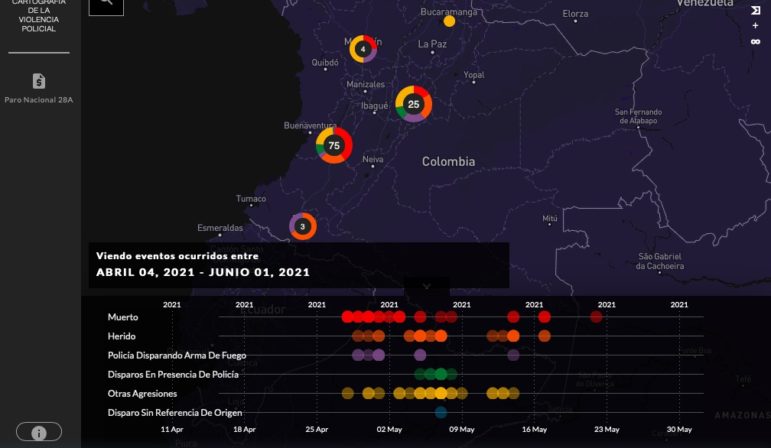
Colombian media outlet Cerosetenta joined the international collective of journalists and researchers Bellingcat and research agency Forensic Architecture to map police violence during ongoing protests in Colombia and, in a second step, to reconstruct crimes committed in this context.
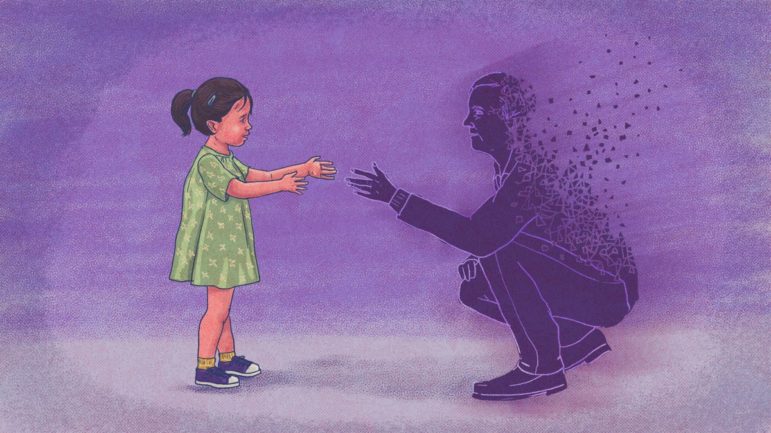
When the COVID-19 pandemic took hold last year, editors scrambled to rapidly assemble teams to cover the crisis. Steps ahead were the outlets already dedicated to investigating health as a subject who knew how to source and build networks of public health and vaccine experts, and crucially, how to investigate both the science and the politics behind the pandemic response.

Over the past 18 months, The New Humanitarian and the Thomson Reuters Foundation interviewed more than 70 women who said aid workers offered them work in exchange for sex during the Ebola outbreak in the Democratic Republic of Congo. The reporters were asked by other groups why they haven’t shared the women’s details yet. But, writes Paisley Dodds, The New Humanitarian’s investigations and features editor, that isn’t part of a journalist’s job.
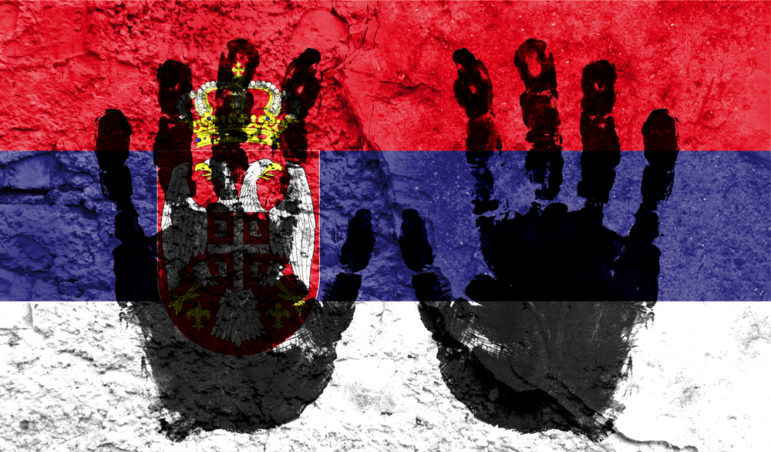
Serbia’s investigative nonprofits face an extraordinary array of threats and harassment due to a new model in which autocrats outsource repression to oligarchs, pro-government media, street gangs, and other proxies. In a series of interviews, three leading editors told GIJN about the sinister tactics they face, and the determination required to keep accountability alive.
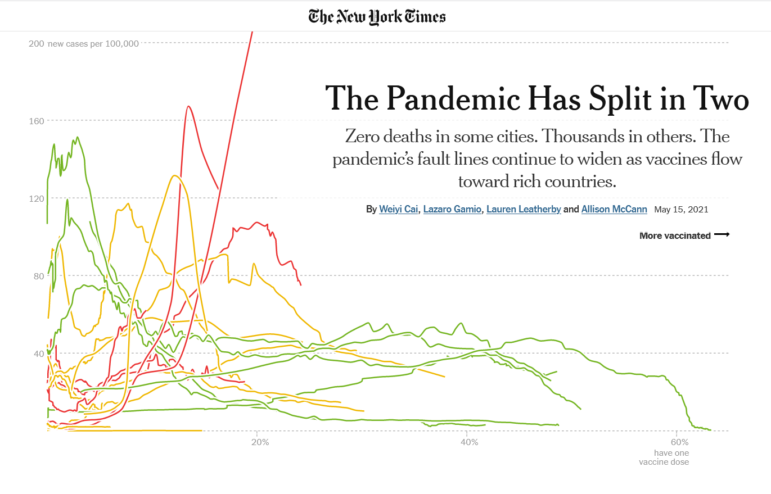
In this edition of Data Journalism Top 10, we look at the history of Eurovision, a Financial Times analysis of how much energy is needed to mine bitcoin, a piece on wildlife trafficking in Hong Kong by GIJN member Oxpeckers, and a piece looking at how American families spend their monthly budgets.
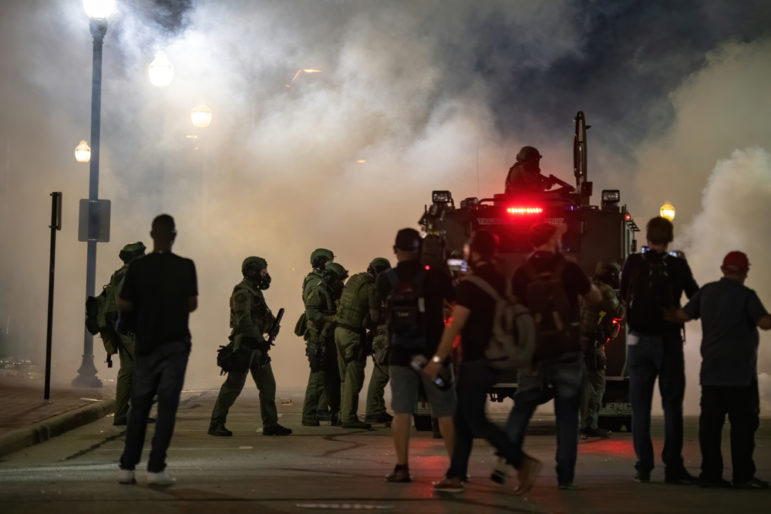
Without a primary visual medium, radio reporting has trailed other media formats in data journalism. But creative data solutions for radio are emerging — and experts shared a dozen tips to help radio reporters broaden their storytelling repertoires, populate digital versions of their stories with data, and empower listeners to visualize without visuals.

Data journalism can show trends, maps, and patterns, highlighting whether violence has gone up or down in a region, where conflict is located, and how this relates to conditions on the ground that impacts civilians, such as migration or refugees. Here’s more on how you can use it in your next investigation.